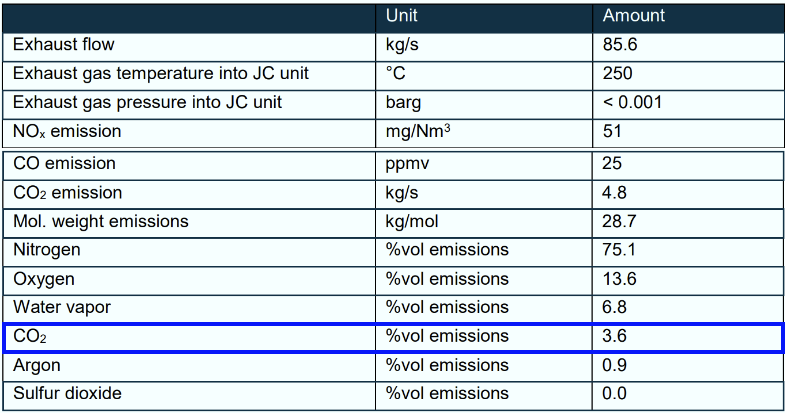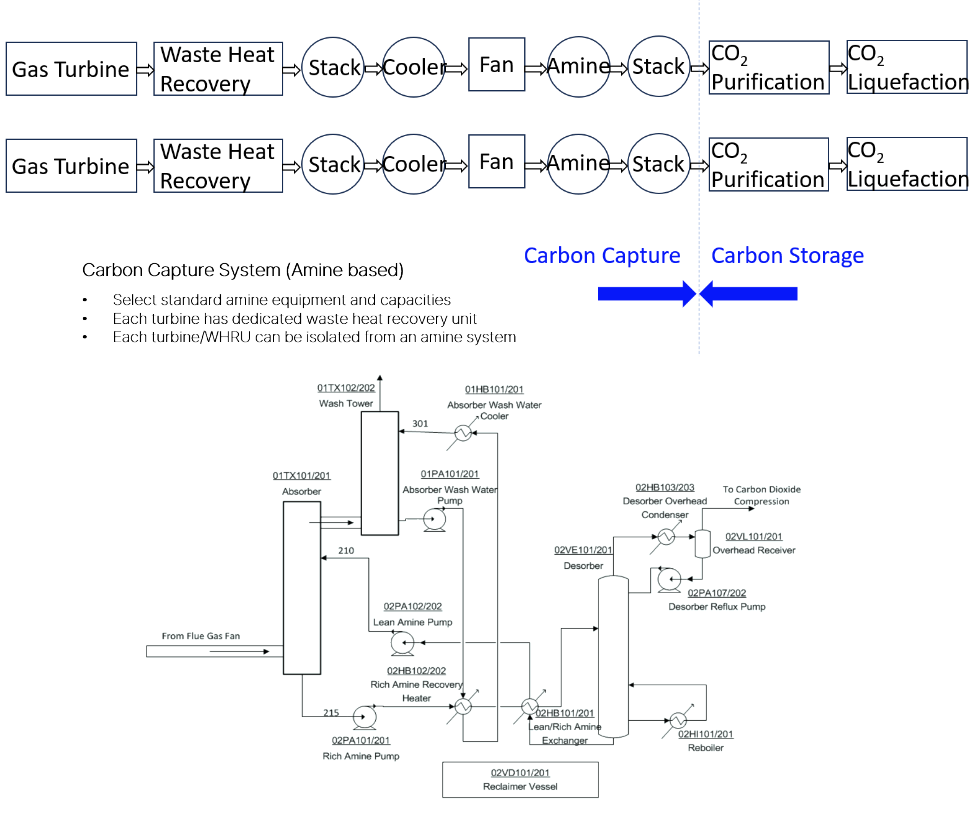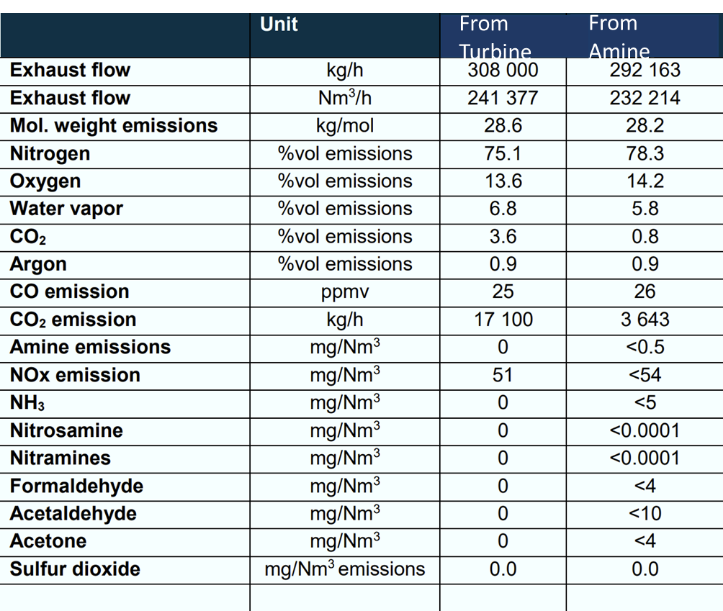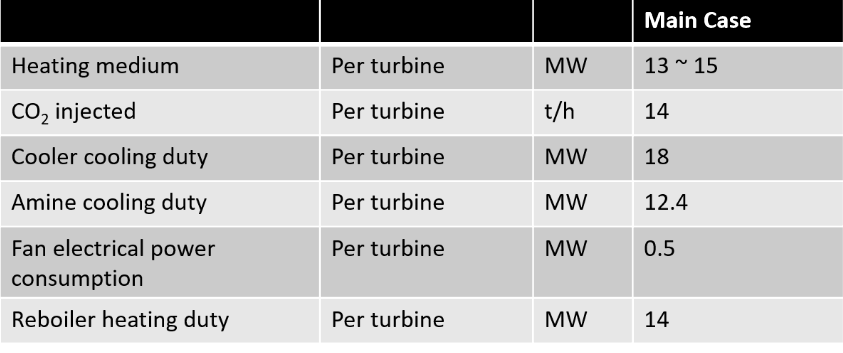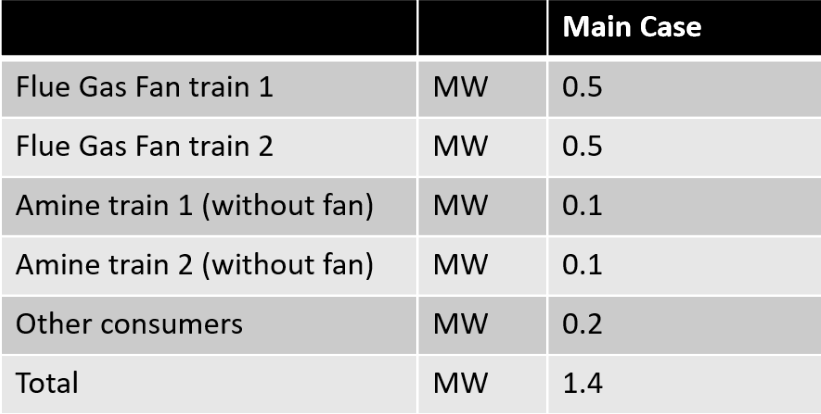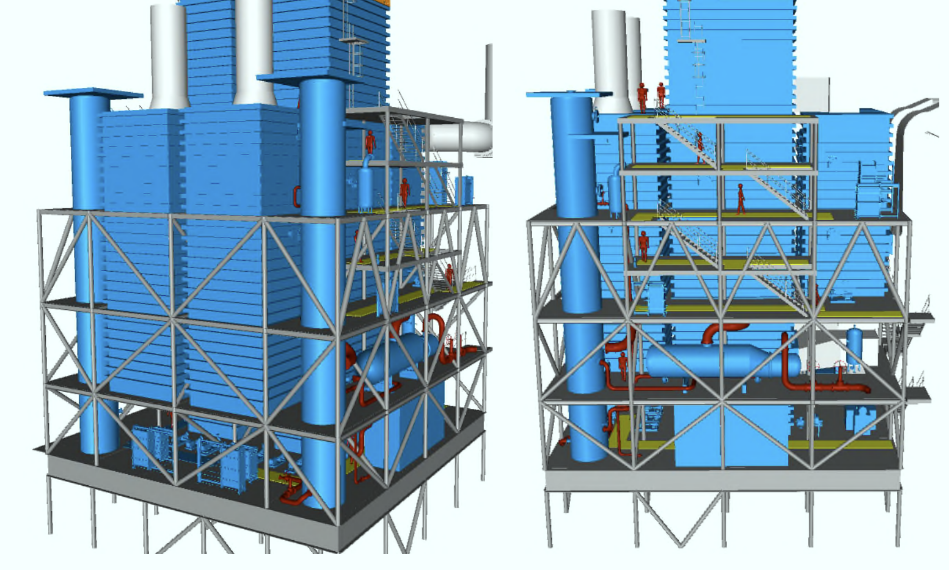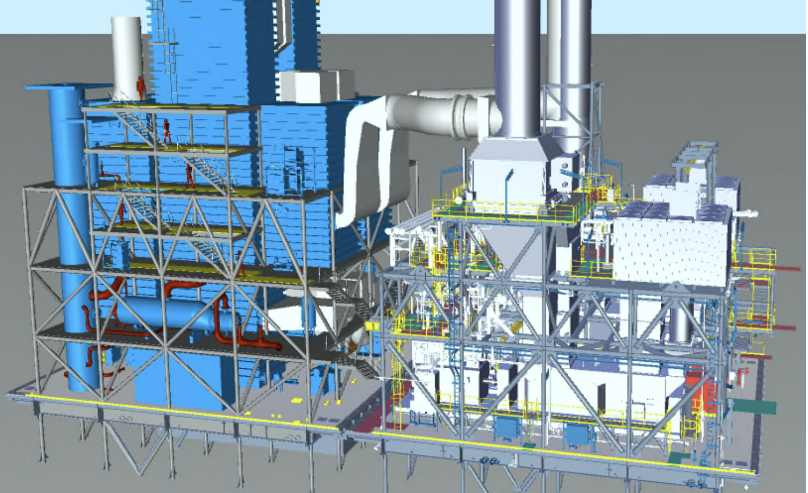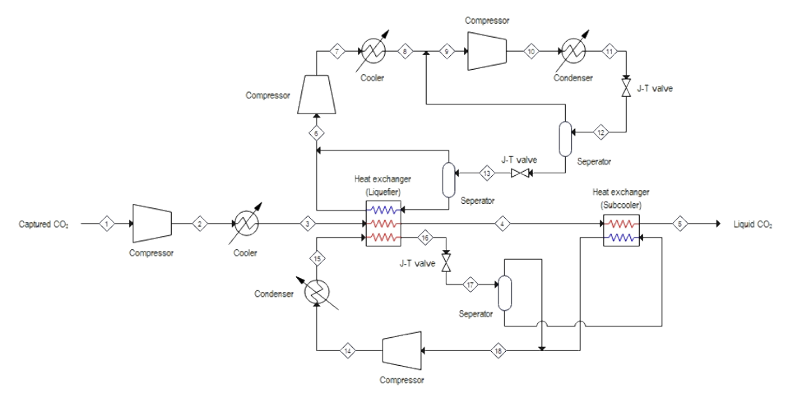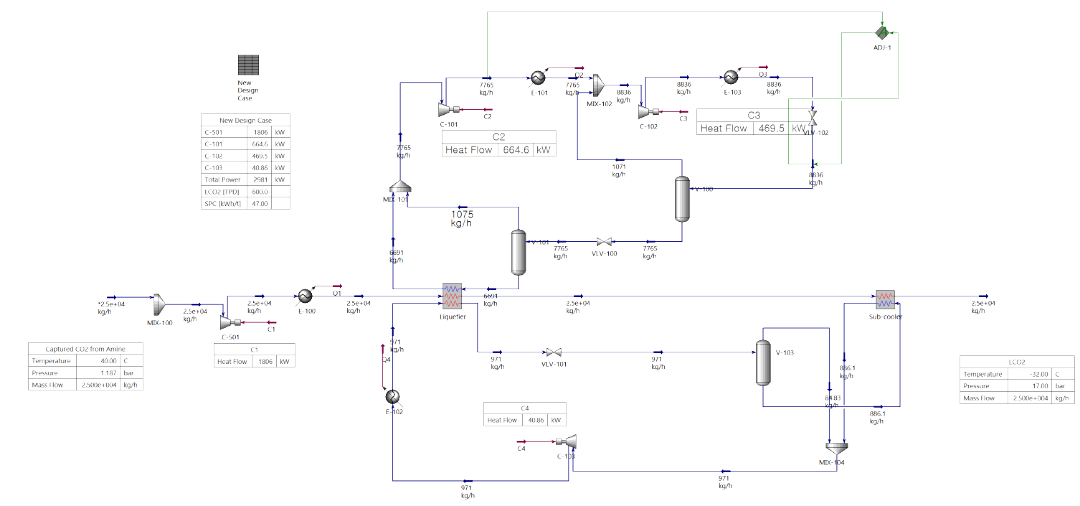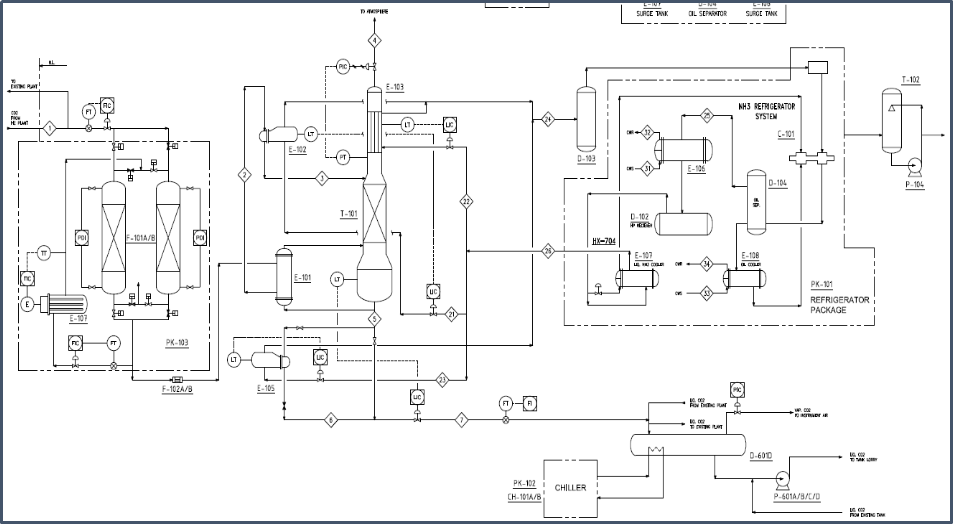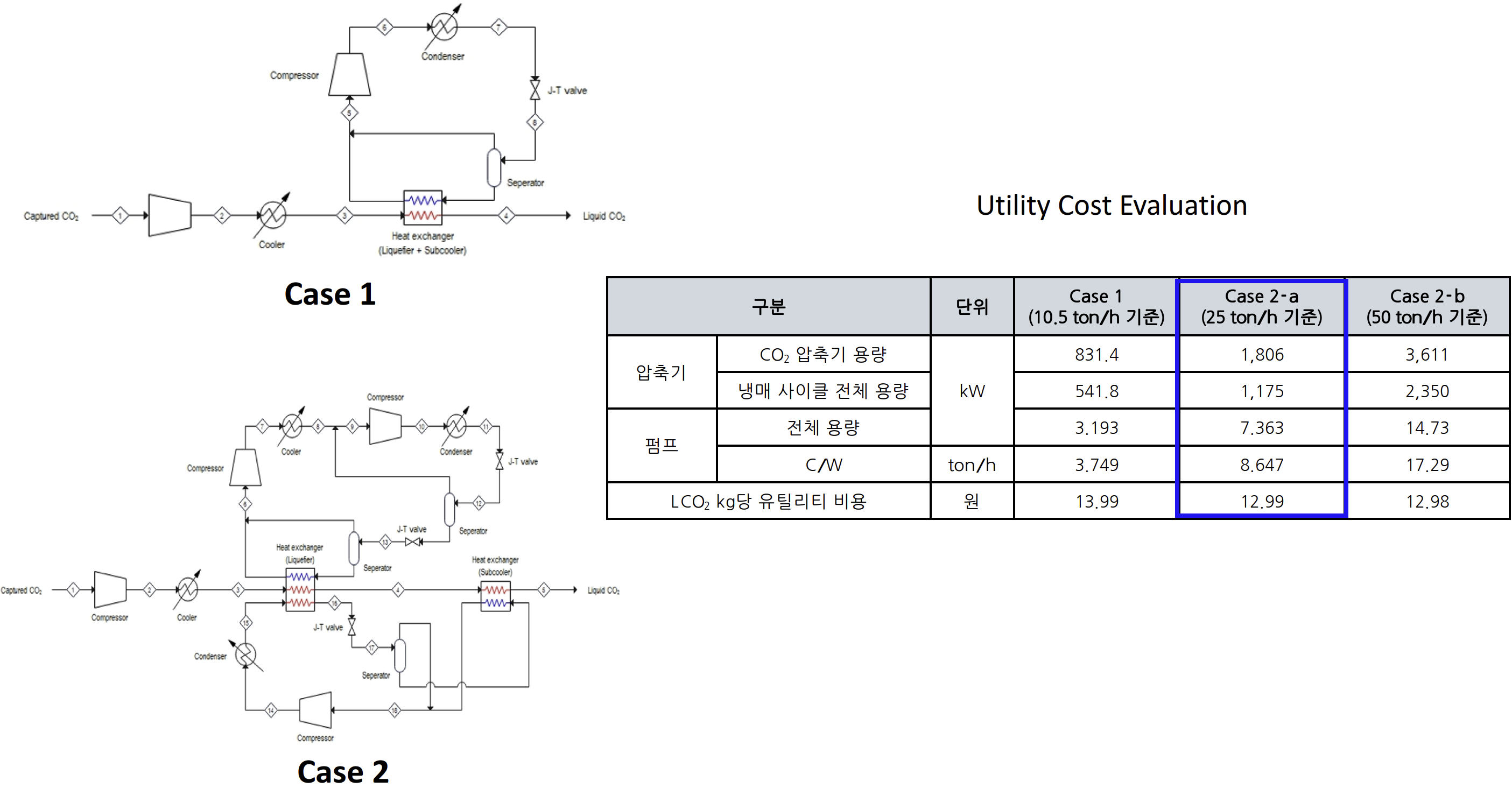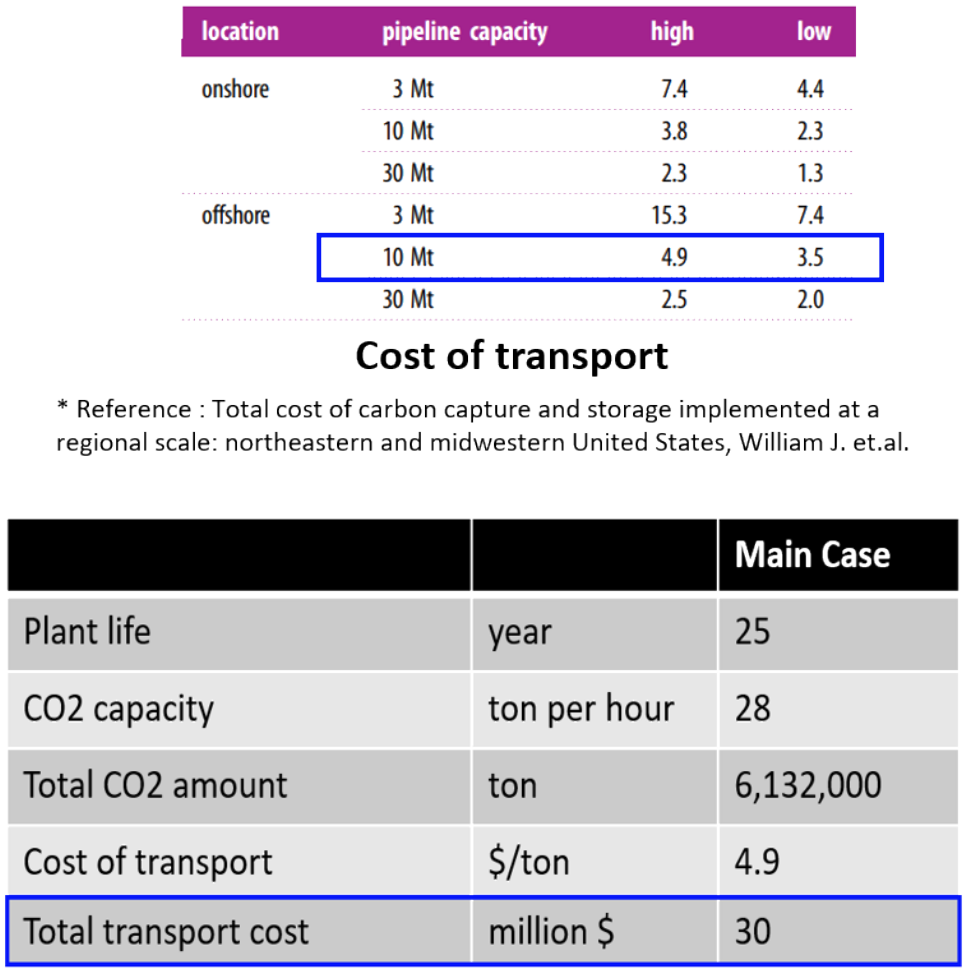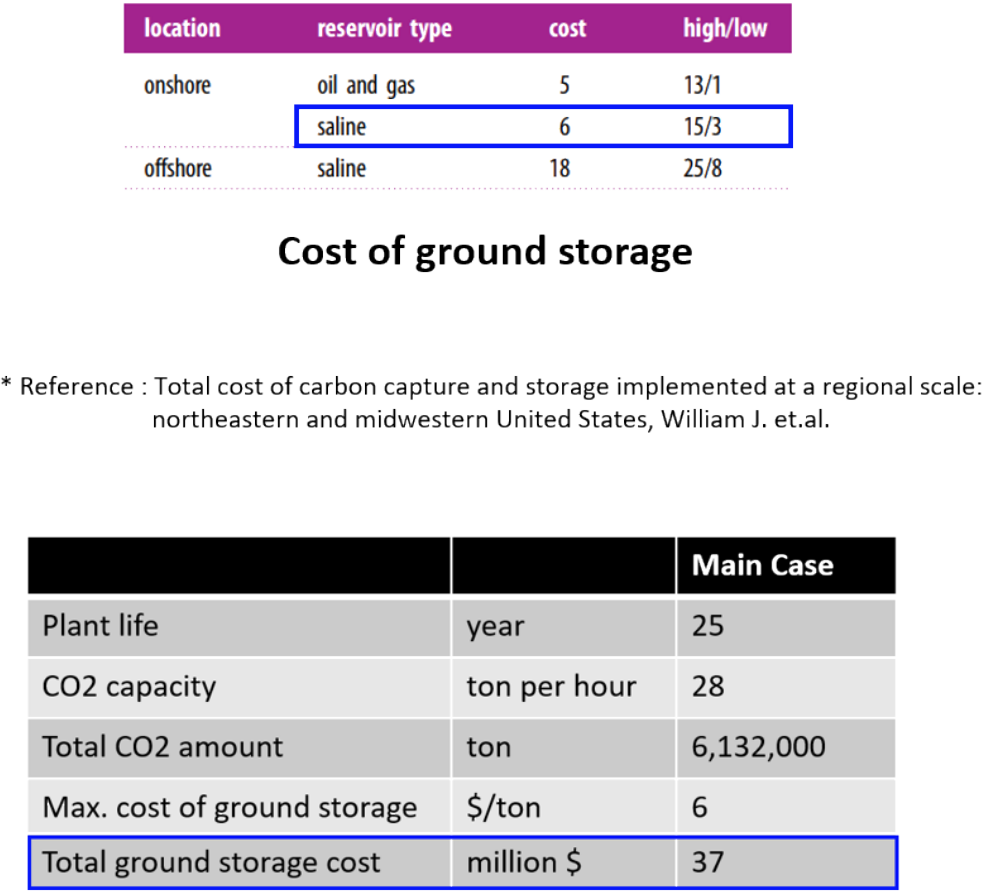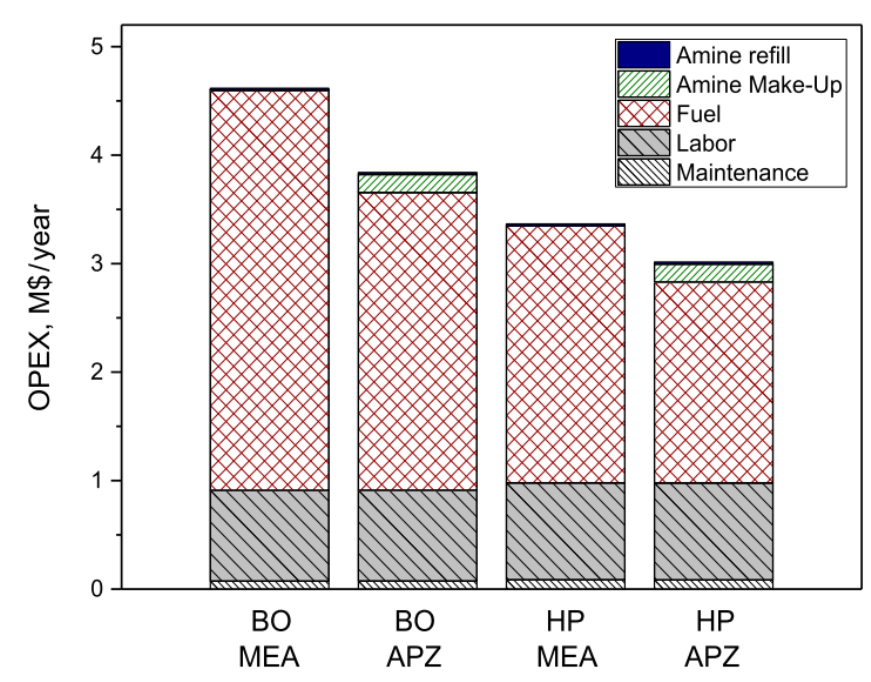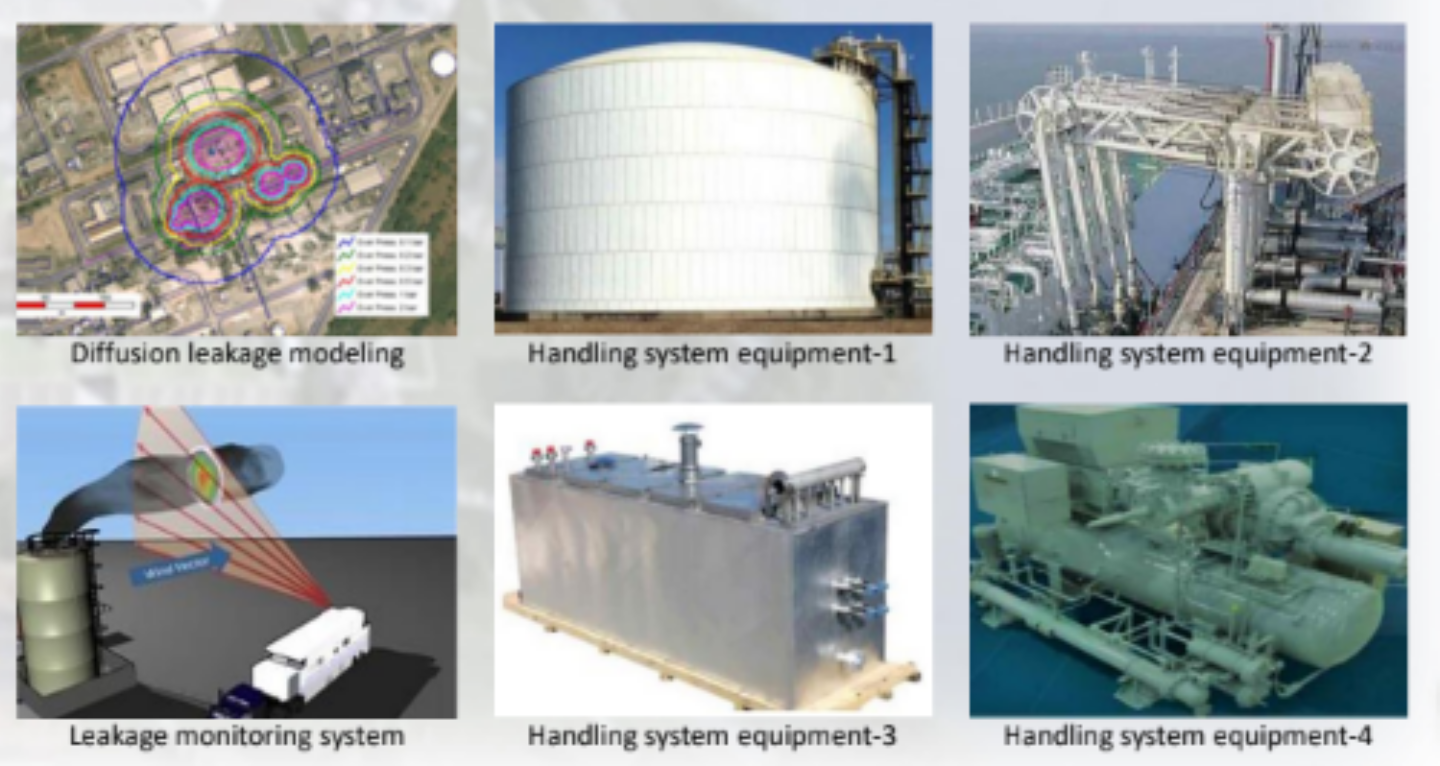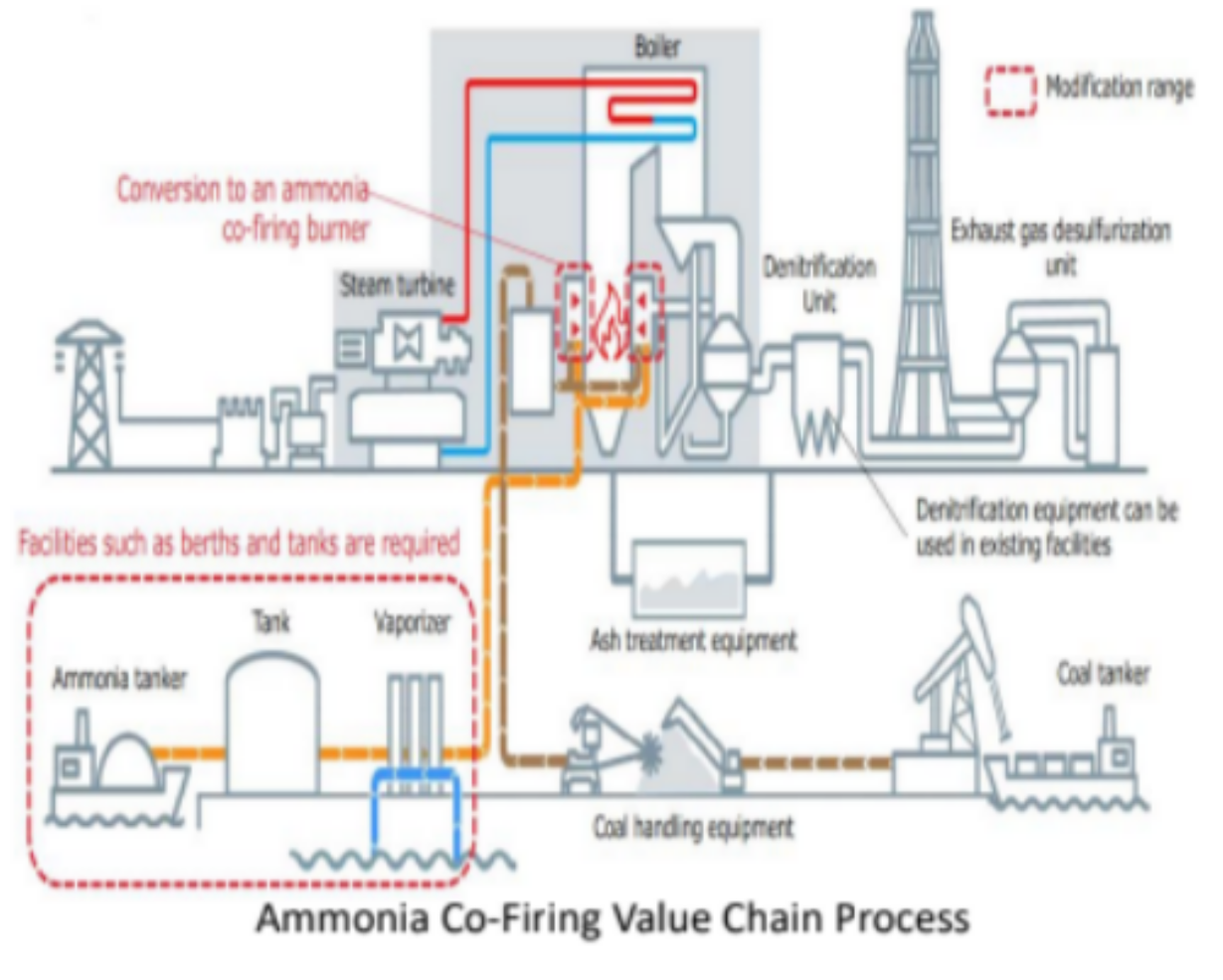Natural

Blue

Green
How is green hydrogen obtain?
Producing green hydrogen by electrolysis from renewable sources involves breaking down water molecules (HO) into oxygen (02) and hydrogen (H2).
- 1
The water used in the electrolysis must contain salts and minerals to conduct the electricity
- 2
Two electrodes are immersed in the water and connected to a power source and a direct current is applied
- 3
The dissociation of hydrogen and oxygen occurs when the electrodes attract ions with an opposite charge to them
- 4
During the electrolysis, an oxidation-reduction reaction occurs due to the effect of the electricity

Why Green Hydrogen?
- Recent successes of renewable energy technologies and electric vehicles have shown that policy and technology innovation have the power to build global clean energy.
- Hydrogen is emerging as one of the leading options for storing energy from renewables other than batteries, flywheel, compressed air, pumped hydro, ultracapacitors, etc.
- UN Climate Conference, COP26, Governments and industry have both acknowledged hydrogen as an important pillar of a net zero economy.
- Green hydrogen is the only type produced in a climate-neutral manner making it critical to reach net zero by 2050.
Introduction of PEM EL, PEM FC
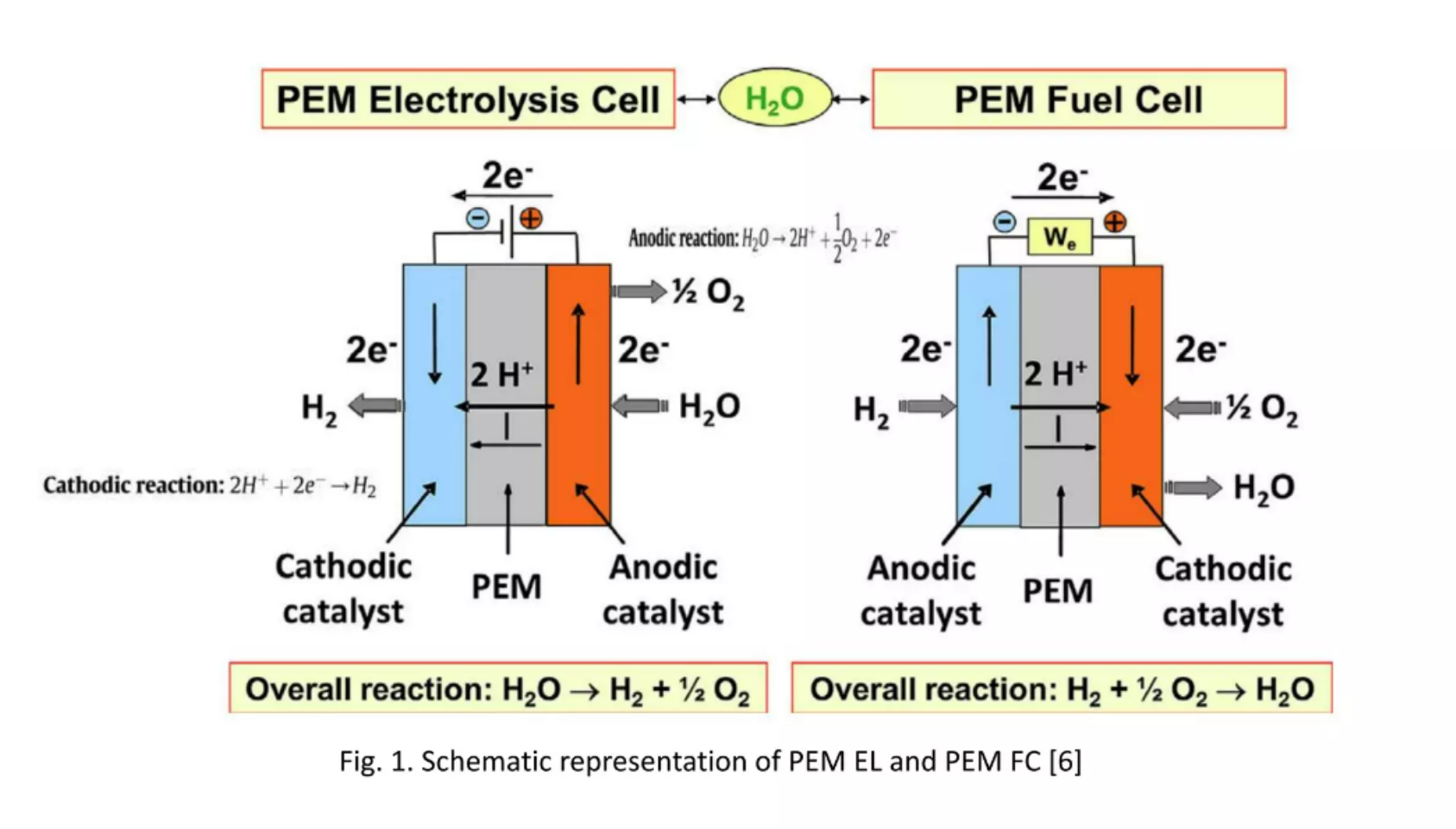
Green Hydrogen Market Size to Hit USD 134.38 Billion by 2032

CCS
- 01. Background
- 02. Basis of Design
- 03. Basic Engineering
- 04.Cost Evaluation and Life Cycle Cost Analysis
Paris Agreement
- The Paris Agreement was adopted at the 21st Conference of the Parties (COP21) for the climate system after the Kyoto Protocol.
- Limit the increase in Earth’s average temperature to ‘much smaller’ than 2 ℃ compared to pre-industrial level and try to limit it to 1.5 ℃.
- Participating countries voluntarily submit Nationally Determined Contributions (NDC).
- The agreement is reviewed every 5 years from 2023 to ensure that the parties meet their carbon reduction commitments. (Global Stocktake)
History of climate change negotiation (Source: Ministry of Foreign Affairs)
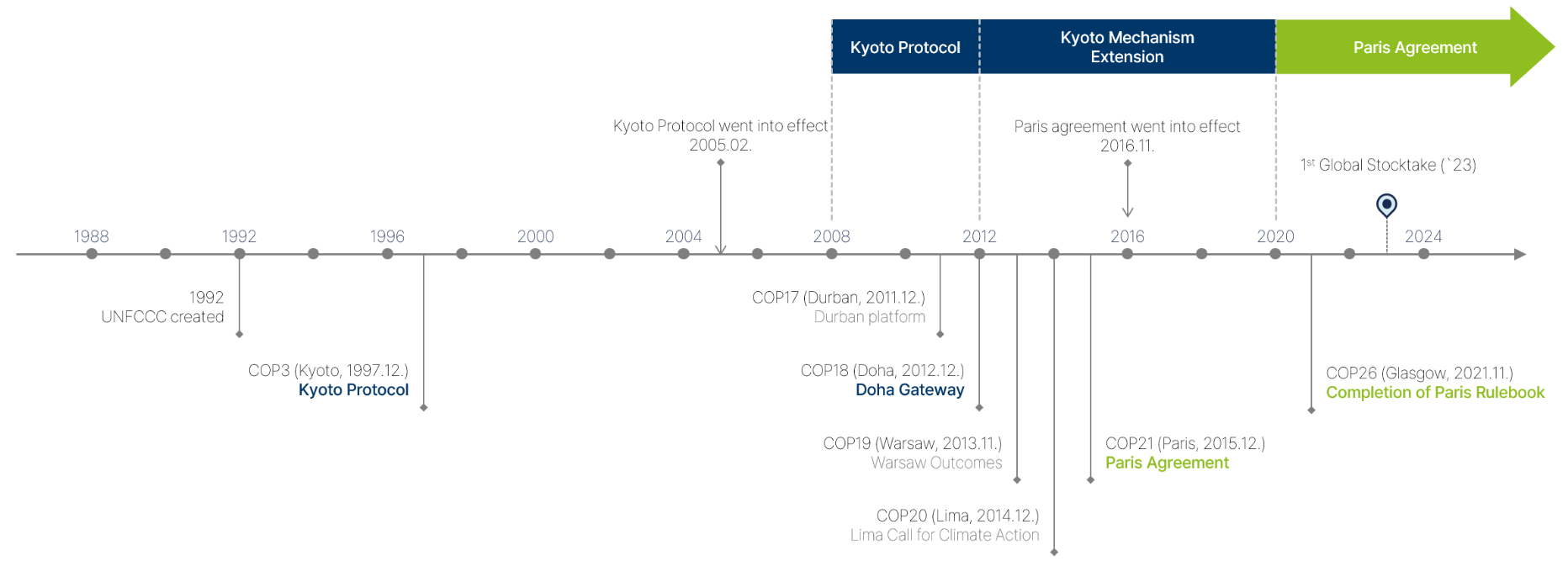
Carbon Neutrality Scenarios in Korea
Enhanced 2030 NDC of Korea
- As the demand for hydrogen such as Industries and Transport sectors increases in the future, greenhouse gas emission generate during hydrogen fueling and extracting using natural gas. (7.6 MtCO2eq)
- To minimize emissions, it is necessary to support the development and commercialization of carbon capture & storage (CCS) technology
- To realizing a carbon neutral society, the role of CCS is becoming more important.
Reduction Targets by sector (Source: 2050 Carbon Neutrality Commission)

Hydrogen Utilization
- 01. Research Project Overview
- 02. Project Development Overview
- 03. Safety Technology Overview
- 04. Safety Technology Overview
Exhaust Gas Specification
- Research project title: Development of Safety Assessment Procedures and Equipment Specifications for Ammonia Co-Firing Plant
- Administering Organization: KEPCO Electric Power Research Institute
- Participating Organization: Korea South-East Power, Korea Midland Power, Korea Western Power, Korea Southern Power, Korea East-West Power, Korea Gas Safety Corporation, Korea Electric Association, KEPCO Engineering & Construction Company, Lotte Chemical Corporation, Nextcore Technology, Korea Institute of Energy Technology

